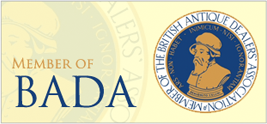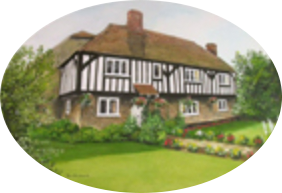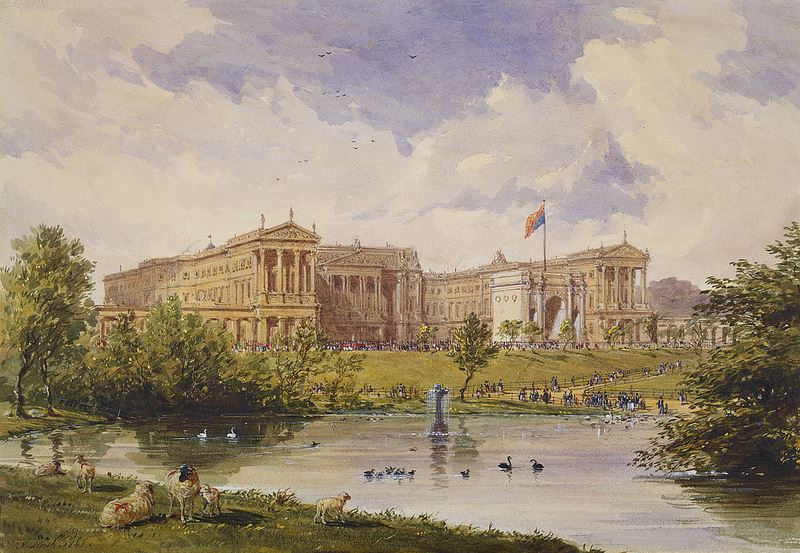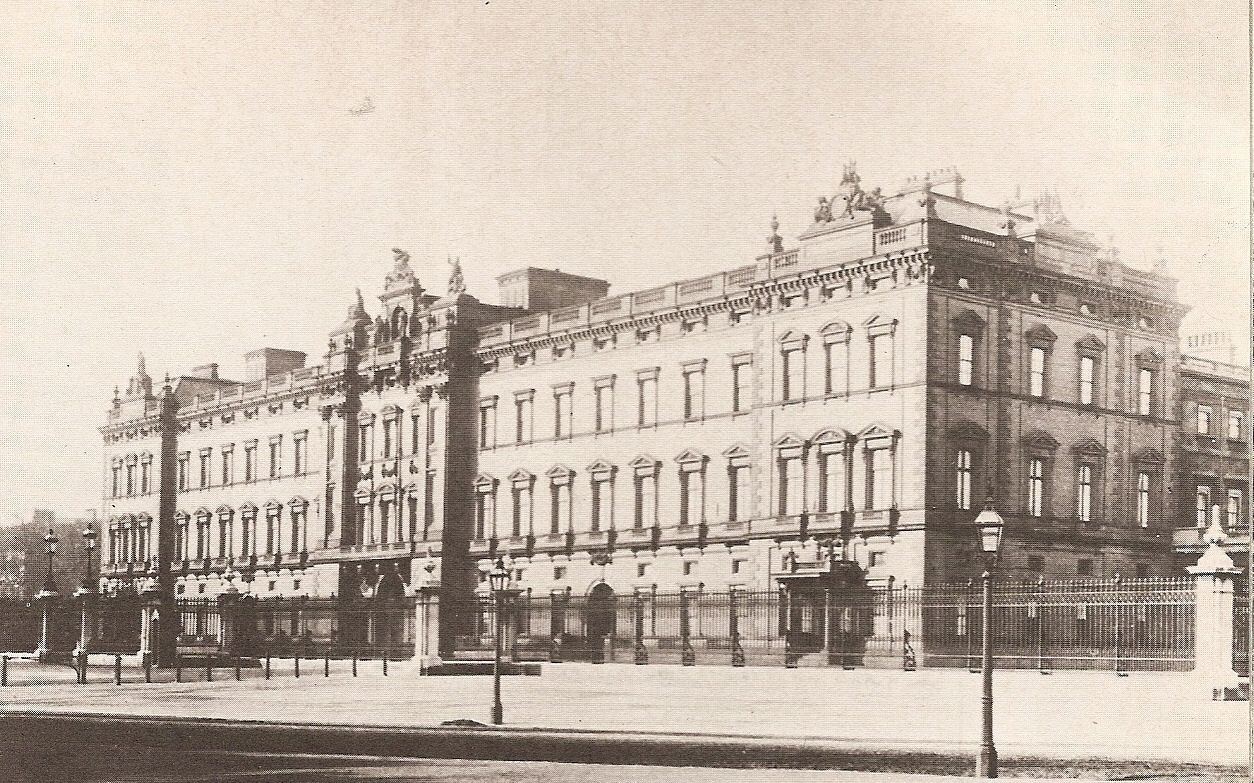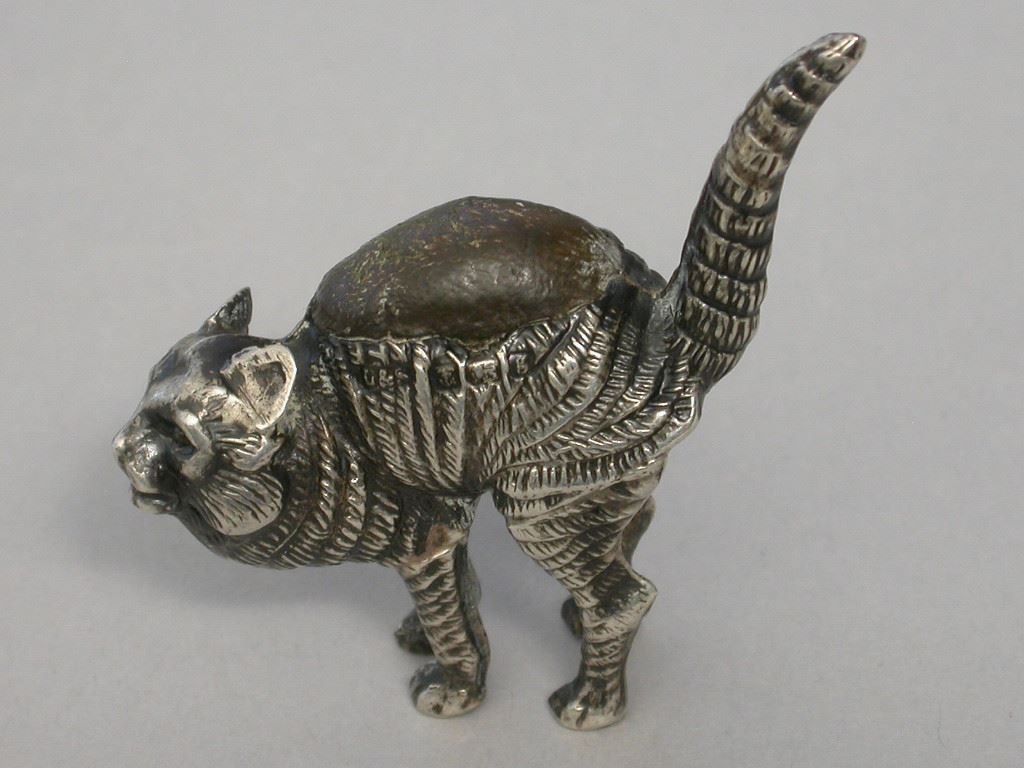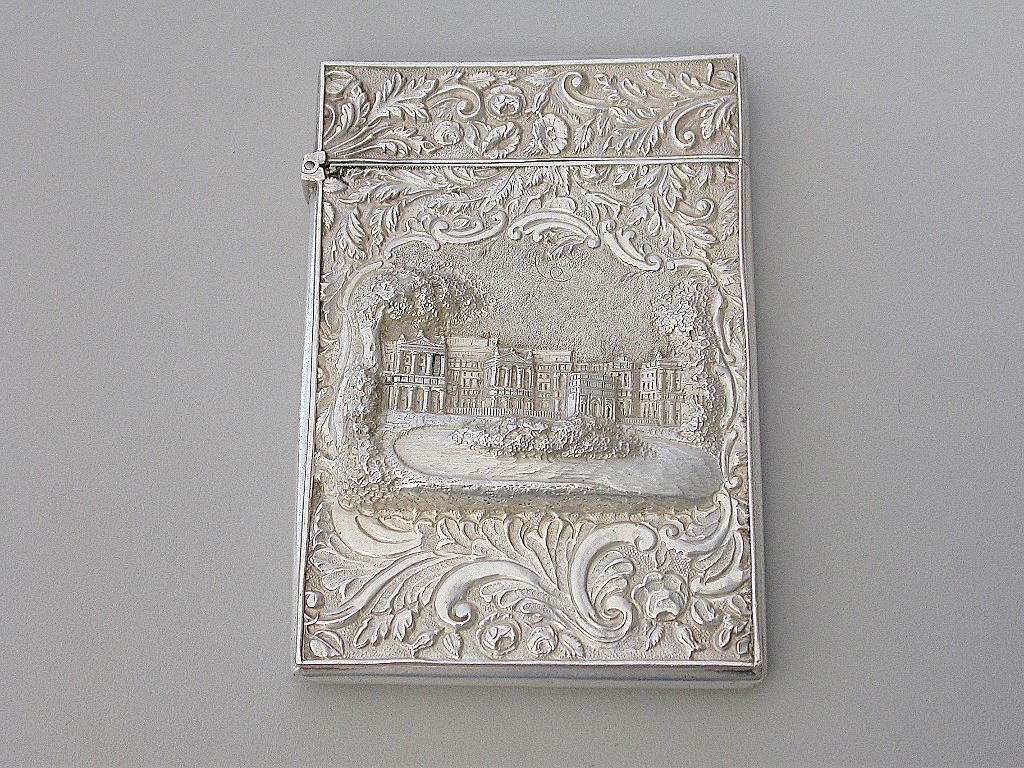
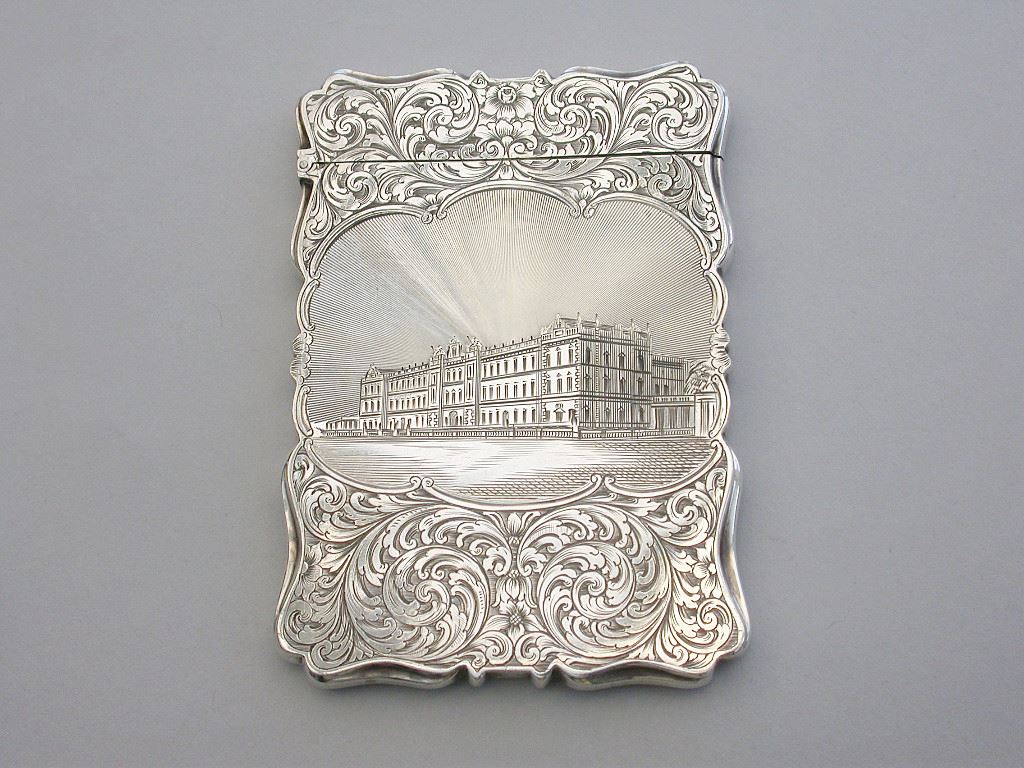
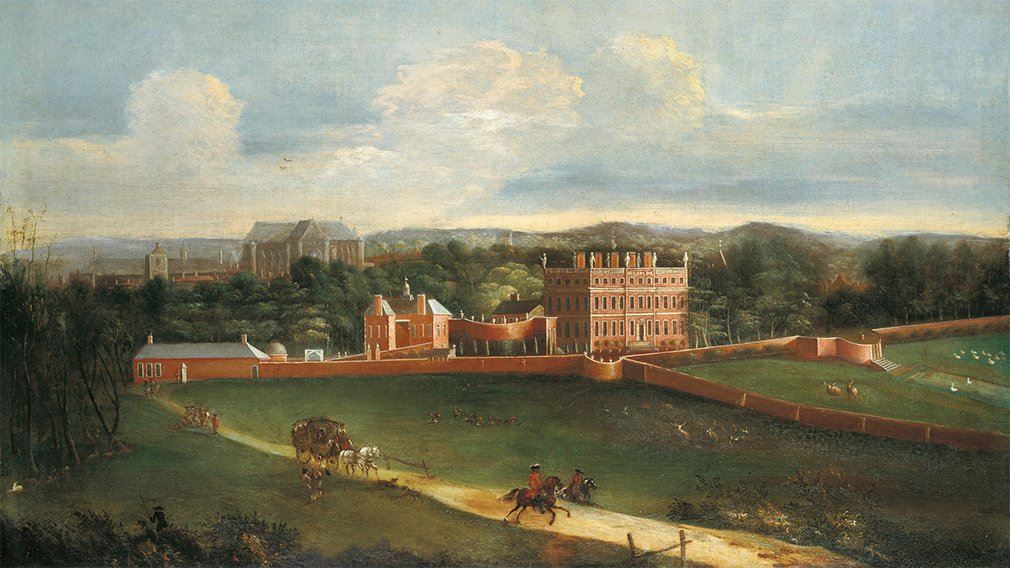
Buckingham House c1700
Buckingham House
The history of the site where Buckingham Palace stands can be traced back to the reign of James I in the early 17th century. He started a plantation of mulberries for the rearing of silkworms where the Palace Gardens are now located. Charles I then gave the garden to Lord Aston in 1628 and it is clear from records that a large house already existed on the site at this time. The house had many owners and tenants until, in 1698, it was let to the man who gave the house its name – John Sheffield, later the Duke of Buckingham.
The Duke found the house old-fashioned, so it was demolished to create the new ‘Buckingham House’, which stood where Buckingham Palace is today. It was designed and built with the assistance of William Talman, Controller of the Works to William III, and Captain William Winde, a retired soldier. John Fitch built the main structure by contract for £7,000.
The Queen’s House
Buckingham House remained the property of the Dukes of Buckingham until 1761, when George III acquired the whole site as a private family residence for his wife, Queen Charlotte, and their children. It was known as ‘The Queen’s House’. St James' Palace remained the official seat of the court. Sir William Chambers was put in charge of remodeling and modernising the house between 1762 and 1776, at a cost of £73,000. With ceilings designed by Robert Adam and painted by Giovanni Battista Cipriani, The Queen’s rooms on the principal floor were among the most sophisticated of their time.
George IV
When George III’s son, George IV acceded to the throne in 1820, he wanted Buckingham House to be transformed into a palace. The King put John Nash, Official Architect to the Office of Woods and Forests, in charge of the work. During the last five years of George IV’s life, Nash enlarged Buckingham House into the imposing U-shaped building which was to become Buckingham Palace. He extended the central block of the building and the two wings to the east were entirely rebuilt. The wings enclosed a grand forecourt and Nash created a triumphal arch in its centre. The arch formed part of a ceremonial processional approach to the Palace and celebrated Britain’s recent naval and military victories.
Buckingham Palace in 1846, showing the Marble Arch in the centre of the Forecourt, prior to Edward Blore's alterations.
See: Card Case by Nathaniel Mills above dated 1847.
Nash's Buckingham Palace was widely regarded as a masterpiece but it came at a considerable cost. By 1828 Nash had spent £496,169 on the changes to the building, far above budget. Soon after the death of George IV, the Prime Minister dismissed Nash from his post for over-spending. Lord Duncannon, First Commissioner of Works, took over the project to finish the Palace. Duncannon appointed a new architect,
Edward Blore, who extended the east façade at both ends and created a new entrance on the southern side.
The furnishing stage had not been reached at Buckingham Palace during George IV’s lifetime. His successor in 1830, his brother William IV, showed no interest in moving from his home at Clarence House, and, when the old Houses of Parliament were destroyed by fire, he offered the still-incomplete Buckingham Palace as a replacement. The offer was respectfully declined, and Parliament voted to allow the ‘completing and perfecting’ of the Palace for royal use.
Under Duncannon and Blore’s supervision, the State Rooms were completed between 1833-34. They were furnished with some of the finest objects from Carlton House, George IV’s London home when Prince of Wales, which had been demolished in 1827.
Queen Victoria and Prince Albert
In February 1845, eight years after ascending the throne, Queen Victoria complained to the Prime Minister, Robert Peel, about the lack of space in Buckingham Palace for accommodation and entertaining. Edward Blore was instructed to prepare plans for a new wing, enclosing Nash’s forecourt on its eastern side. Brighton Pavilion was sold in 1846, and the proceeds of the sale (£53,000) were used to fund the works. By far the most significant element of Blore’s design was the central balcony on the new main façade, which was incorporated at Prince Albert’s suggestion. From here Queen Victoria saw her troops depart to the Crimean War and welcomed them on their return.
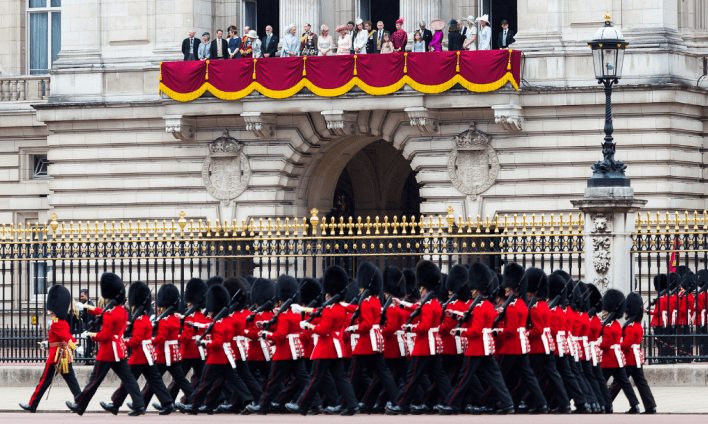
Buckingham Palace Balcony
In 1855 the architect James Pennethorne completed the Ball and Concert Room and the Ball Supper Room, linked by galleries to Nash’s State Apartments at their southern end. As part of the redevelopment, the triumphal arch, now known as Marble Arch was moved to the north-east corner of Hyde Park, where it can be seen today. The Renaissance-style interiors of the new rooms placed Buckingham Palace in the avant-garde of decoration in England, leading the critic of The Builder to designate the Palace as the ‘Headquarters of Taste’.
Buckingham Palace c1890, post Edward Blore's alterations.
See: Card Case above by Alfred Taylor dated 1854.
The Edward Blore-designed east (front) wing of Buckingham palace as it looked from 1850 to 1913. The wing closed off the open courtyard of John Nash. It was refaced by Sir Aston Webb in 1913 with Portland stone, in the slightly restrained English Baroque style we know today.
The two Victorian silver "Castle-Top" Card Cases, made just seven years apart, illustrate the changes made to this historic building quite clearly.


